
|
KIT: |
Classic Airframes Resin 1/48 He-60C |
|
KIT # |
|
|
PRICE: |
$59.95 |
|
DECALS: |
See Review |
|
REVIEW & |
|
|
NOTES: |
Resin multimedia. |

|
HISTORY |
The Heinkel 60c was a bit player in the opening acts of WW2, briefly active and quickly forgotten. Designed by Heinkelís Reinhold Mewes as a reconnaissance seaplane capable of being catapulted from the larger German warships, it first flew in 1933. After a series of power plants were tested, 14 unarmed pre-production aircraft entered Kriegsmarine service as trainers in late 1933. Production versions, armed with a single 7.92mm machine gun mounted in the observerís position, began equipping the fleet shortly thereafter. He60B and He60C (differing only slightly in detail improvements) served aboard German battleships and cruisers, and equipped four coastal reconnaissance wings.
The type received its baptism of fire, like many German aircraft of the time, during the Spanish Civil War. By the outbreak of the Second World War, most had been withdrawn from front-line service, redesignated He60D, and relegated to training duties. A few, however, soldiered on as maritime reconnaissance aircraft with units based in Greece and Crete. None are known to have survived the war.
|
THE KIT |
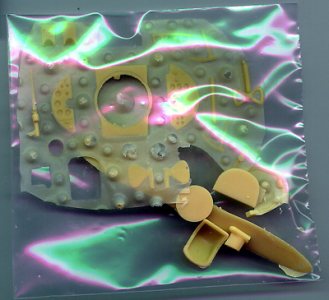 |
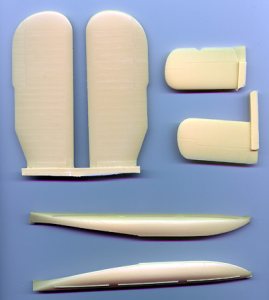 |
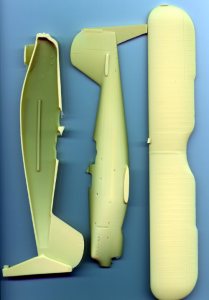 |
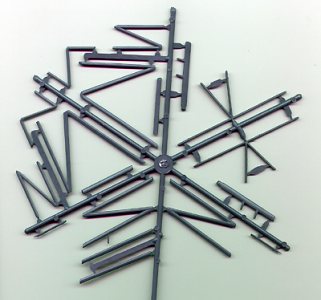 Hereís another aircraft that will probably never see an
injection mold, certainly not in this scale. Despite my penchant for 1/48
seaplanes, I passed on picking this kit up until Squadron had it on sale for
less than half the price it had been going for when first released.
Hereís another aircraft that will probably never see an
injection mold, certainly not in this scale. Despite my penchant for 1/48
seaplanes, I passed on picking this kit up until Squadron had it on sale for
less than half the price it had been going for when first released.
Iíve gotten almost everything made by Classic Resin Airframes, and this has got to be one of their best efforts. The main pieces (fuselage, wings, stabilizers and floats) are all well-molded parts bearing finely scribed details. Smaller pieces come packed on several small "wafers" of resin, in the typical CRA fashion, These supply the cockpit interior, prop and external details. Iíll no doubt replace many of these with plastic and metal rod Ė why manufacturers cast a 1/16" diameter pitot (for instance) in brittle resin is beyond me. Two vac windscreens are provided as well. Interestingly (and a departure from past practice) the struts that hold up the heavy, one-piece resin wing are low-pressure injected styrene, and come on one sprue. Itís a good idea Ė that upper wing is rather heavy, and resin bits would rapidly deform.
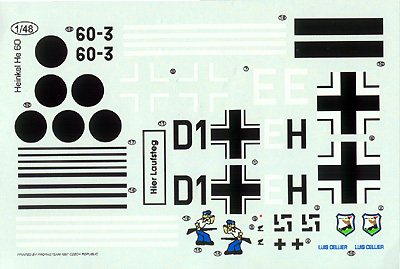 The usual decals (thin, perfectly registered and printed by
Propagteam) are supplied, as is the usual brief instruction sheet. This looks
comprehensive enough, though from past experience I know there will be ambiguous
areas. A rigging diagram of sorts is provided, though there are no positive
reference points molded on the kit pieces to assist in locating where the lines
should go.
The usual decals (thin, perfectly registered and printed by
Propagteam) are supplied, as is the usual brief instruction sheet. This looks
comprehensive enough, though from past experience I know there will be ambiguous
areas. A rigging diagram of sorts is provided, though there are no positive
reference points molded on the kit pieces to assist in locating where the lines
should go.
|
CONCLUSIONS |
This kit is not for the novice Ė but it really doesnít look like that tough a build. Itís well worth retail price Ė if you like obscure aircraft, especially seaplanes, itís a steal at what Squadron was offering it for. Recommended, if you can find one!
If you would like your product reviewed fairly and quickly by a site that averages over 2,300 visits a day, please contact me or see other details in the Note to Contributors.